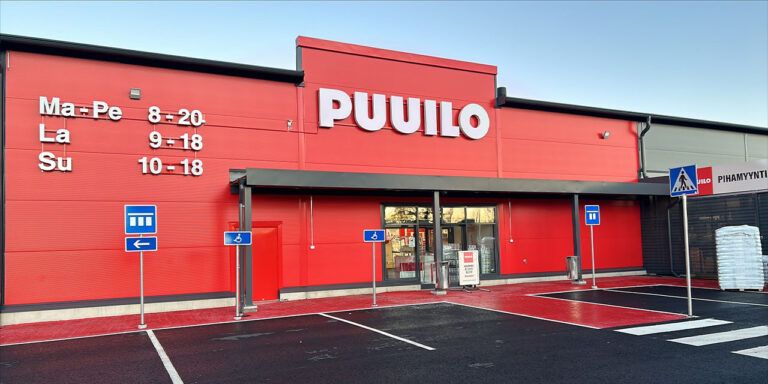Why reliable forecast automation is key to omnichannel grocery success
Feb 16, 2021 • 3 min
According to a recent IHL report, Bad Leftovers: How Grocery Left Billions on the Table, “[in 2020] ecommerce experienced the equivalent of ten years of organic growth rate in three months.” The report adds that grocers and mass merchants reported growth rates of 300% to 450% in digital channel sales during the turbulent year.
This growth forced many traditional retailers to pivot from their slower, more deliberate plans to move toward omnichannel models. They instead had to focus on meeting the increase in demand for online shopping as fast as possible, leaving little time to prepare, plan, or test.
Because grocers in particular already operate with tight margins, the quick rollout of ecommerce channels and the corresponding increase in costs (shipping, delivery, staffing, operations, and technology) had a direct negative impact on their bottom line. The report states that grocers who hadn’t optimized their digital processes were losing, on average, between 3 and 8 points of margin on every order.
In her retail trend predictions for 2021, RELEX co-founder Johanna Småros points out that it’s neither cheap nor easy to run omnichannel services. Without careful planning, she writes, retailers risk further margin erosion. In 2021, retailers will need to focus on efficiency to make their ecommerce channels profitable by ensuring “low cost, high availability, and fast, accurate fulfillment.”
Multi-Channel Forecasts Support Online and In-Store Demand Patterns
The first step for grocery retailers working to improve their omnichannel operations’ efficiency and accuracy should be to stop using in-store forecasts to predict online demand. This may have been a necessary short-term fix for some retailers. However, reliance on an in-store forecast for digital channels increases the likelihood of inventory issues, including overstocks (which increase waste and tighten margins) and out-of-stocks (which lead to lost sales and unhappy customers).
To move forward with an omnichannel model, retailers must develop a new strategy that considers the differences between online and in-store shopping, including:
- The unique demand patterns of online consumers
- The system’s capacity for order fulfillment
- The technical requirements for the digital channels
Retailers must then look to automation to relieve the burden on planners who otherwise would need to manually manage multiple channels, suppliers, and delivery patterns. While human intervention will always be necessary for inventory management, an automated system can handle day-to-day issues while allowing planners to focus on exception management and unique situations.
That said, all planners must have a significant level of trust in automated forecasts and recommendations for any system to demonstrate its value. If a user overrides the system out of distrust, the results could be disastrous. As the IHL report explains, “We know of situations during the pandemic when systems recommended 40x the volume of orders for cleaning supplies in the initial stages of the outbreak and the human merchant overrode those orders. The end result was by the time they recognized that these orders were correct, the supply was taken by their competitors for those products.”
Transparency Helps Build Trust in Automated Forecasts
When implementing a supply chain management solution, the goal should be to ensure that it will deliver trustworthy channel-specific results based on clean, accurate data. A highly transparent, automated system that does not make decisions in a “black box” allows planners to feel confident that the right amount of inventory will be sent to all channels at the right time. Planners using a system like RELEX, which takes a “configure, don’t code” approach, will also have the ability to make essential improvements and adjustments to the system as needed, without complex programming or vendor assistance.
Both online-only and omnichannel grocers that take advantage of a transparent, trustworthy, and automated supply chain management solution are likely to see improved efficiency and sustainability, leading to better margins and profitability. For example, after implementing RELEX, Nemlig.com reduced daily markdown planning time from 3 hours and 55 minutes to 55 minutes—a 77% increase in planning efficiency. Improved visibility into approaching expiration dates also drove a 45% reduction in food waste for products typically placed on markdown, as well as 24% higher margins for marked-down products.
Successful Omnichannel Plans Protect Margins and Support Profitability
To be successful in the omnichannel space, grocery retailers must not only protect margins but also ensure that their ecommerce channels will be profitable. This can only be accomplished with a trusted supply chain management solution that can accurately forecast each channel and deliver data-based insights. As a result, grocers will be able to improve profitability by increasing forecast accuracy, automating more processes, and improving both online and in-store operations, all while reducing waste and improving the customer experience across all channels, online and off.



